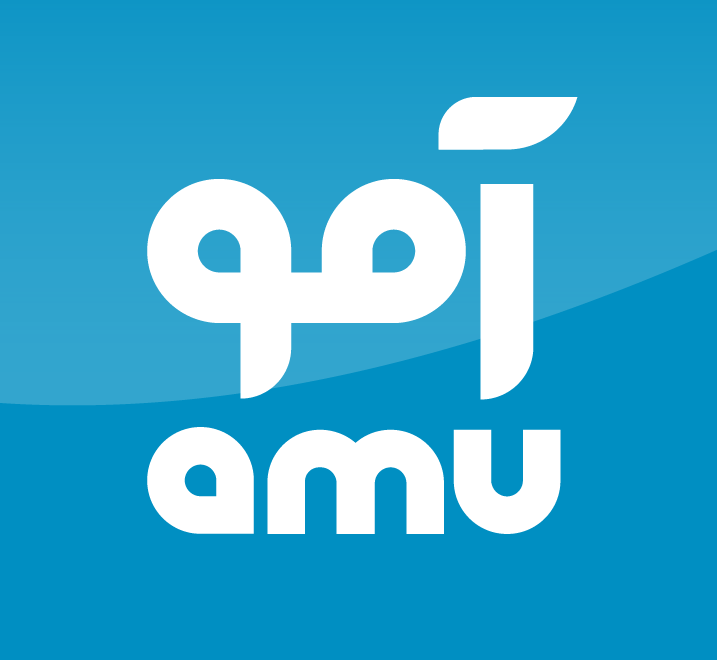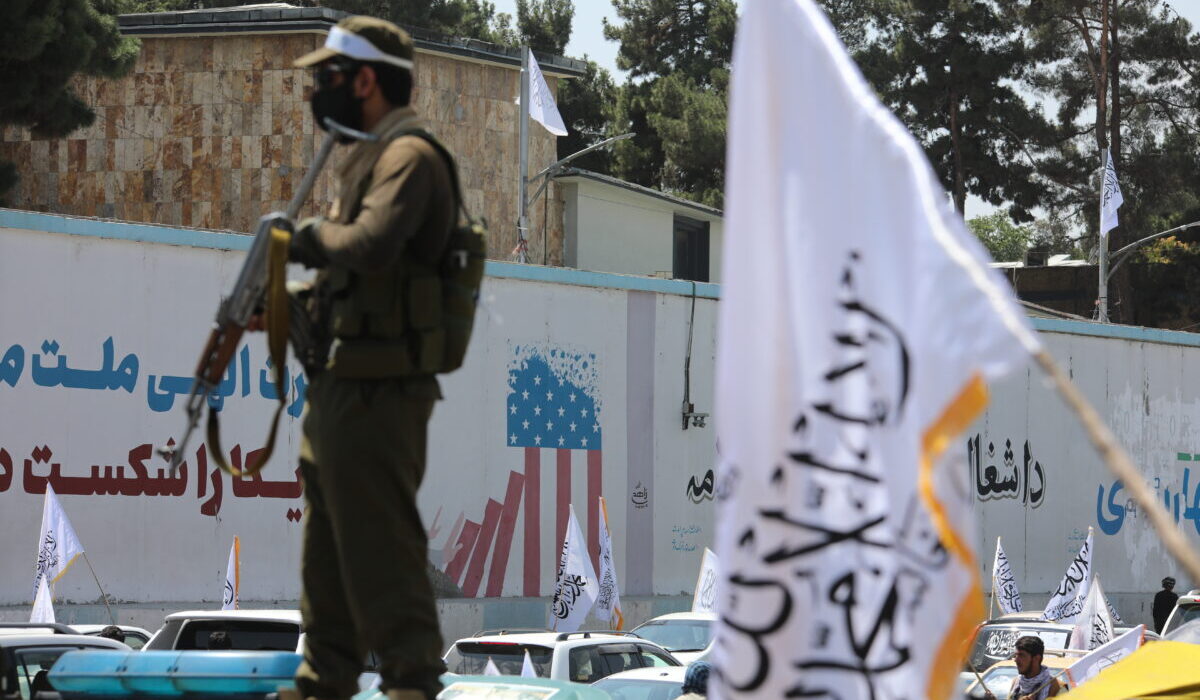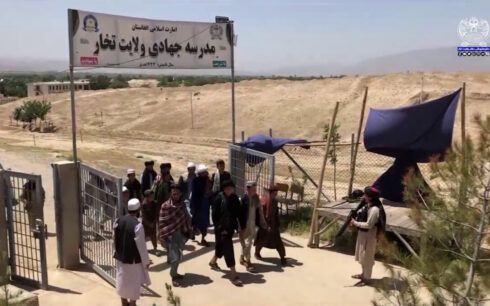Taliban and the Haqqani Network continue to maintain close ties with Al Qaeda, providing the group with safe havens in Afghanistan, according to a report from the U.S. Special Inspector General for Afghanistan Reconstruction (SIGAR).
The quarterly report, citing United Nations sanctions monitoring teams, estimated that Al Qaeda has at least 12 senior leaders in Afghanistan. The report also noted that since the Taliban took power in August 2021, the international community has repeatedly raised concerns about the resurgence of Al Qaeda and other terrorist groups operating in Afghanistan under Taliban rule.
In a congressional hearing, Tulsi Gabbard, a nominee for a national intelligence post in the Trump administration, expressed concerns over the threat posed by Al Qaeda.
Taliban support for TTP
The report also found that the Afghan Taliban regime supports Tehreek-e-Taliban Pakistan (TTP), an insurgent group with an estimated 6,000 to 6,500 fighters, mostly based in eastern Afghanistan, according to the United Nations.
SIGAR reported that TTP seeks to expand its territorial control in northwestern Pakistan and has increasingly targeted Pakistani police and security forces. The group and its affiliates carried out more than 640 attacks in 2024, a nearly 25 percent increase from the previous year. That figure includes 162 attacks in the most recent quarter, according to the report.
In December, a TTP attack killed 16 Pakistani security officers in South Waziristan, triggering the first cross-border clashes between the Taliban and Pakistani security forces since March 2024. Pakistan later conducted several airstrikes in Afghanistan’s Paktika province, which the Taliban said killed nearly 50 civilians, mostly women and children. The United Nations said it had received credible reports that women and children were among the casualties.
Armed opposition groups
Armed opposition groups, including the Afghanistan Freedom Front (AFF) and the National Resistance Front (NRF), claimed responsibility for 104 attacks against Taliban security forces this quarter, compared with 116 in the previous quarter, according to SIGAR.
The report cited data from the Armed Conflict Location and Event Data Project and referenced a December assessment from the United Nations secretary-general, which concluded that these groups “continued to pose no significant challenge to the Taliban’s hold on territorial control.”
The U.S. State Department has previously stated that it does not support violence in Afghanistan.
The NRF, which has emerged as one of the most active anti-Taliban groups, conducted 73 attacks this quarter, including one on the Taliban’s Ministry of Interior building in December. That attack killed at least 10 Taliban fighters and wounded five others, according to the report.
The AFF, according to the report, has 50 members on its leadership council, with most of its fighters being former members of the Afghan National Defense and Security Forces.





